1. Disadvantages
1.1. Lower efficiency, waste heat
1.2. Slower charging
1.3. More expensive
2. Advantages
2.1. More durable
2.2. Safer for medical implants
2.3. Protected connections
2.4. Zero radiation
2.5. More convenient
2.6. Reduced wear of plugs and sockets
3. Brands
3.1. Nokia
3.1.1. Nokia launched two smartphones (the Lumia 820 and Lumia 920) on 5 September 2012, which feature Qi inductive charging
3.2. Samsung
3.2.1. March 15, 2013 Samsung launched the Samsung Galaxy S4, which supports inductive charging with an accessory back.
3.3. google&LG
3.3.1. Google and LG launched the Nexus 4 which supports inductive charging using the Qi standard
3.4. HTC
3.4.1. On November 21, 2012 HTC launched the Droid DNA, which also supports the Qi standard.
4. History
4.1. old days
4.1.1. Michael Faraday
4.1.1.1. concept
4.1.2. Nikola Tesla
4.1.2.1. patent
4.2. examples
4.2.1. Oral-B rechargable toothbrush
4.3. breakthrough
4.3.1. 许树源
4.3.1.1. 无线电池充电平台
5. Future
5.1. apple
5.1.1. September 9, 2014 Apple announced the Apple Watch (to be released in early 2015), which will support wireless inductive charging.
6. Tenet & Concept
6.1. Inductive charging (also known as "wireless charging") uses an electromagnetic field to transfer energy between two objects. This is usually done with a charging station. Energy is sent through an inductive coupling to an electrical device, which can then use that energy to charge batteries or run the device.
7. Background
7.1. from inductive charging
7.1.1. Qi
7.2. evolution from cars
7.2.1. Hughes Electronics developed the Magne Charge interface for General Motors. The General Motors EV1 electric car was charged by inserting an inductive charging paddle into a receptacle on the vehicle. General Motors and Toyota agreed on this interface and it was also used in the Chevrolet S-10 EV and Toyota RAV4 EV vehicles.
7.3. improved by M.I.T
7.3.1. In 2006, researchers at the Massachusetts Institute of Technology reported that they had discovered an efficient way to transfer power between coils separated by a few meters. The team, led by Marin Soljačić, theorized that they could extend the distance between the coils by adding resonance to the equation. The MIT inductive power project, called WiTricity, uses a curved coil and capacitive plates.

